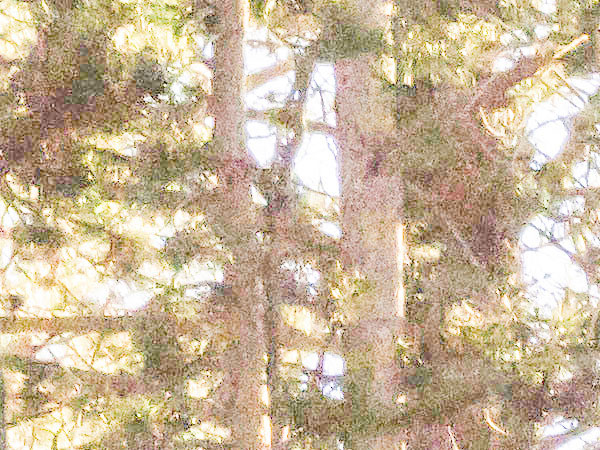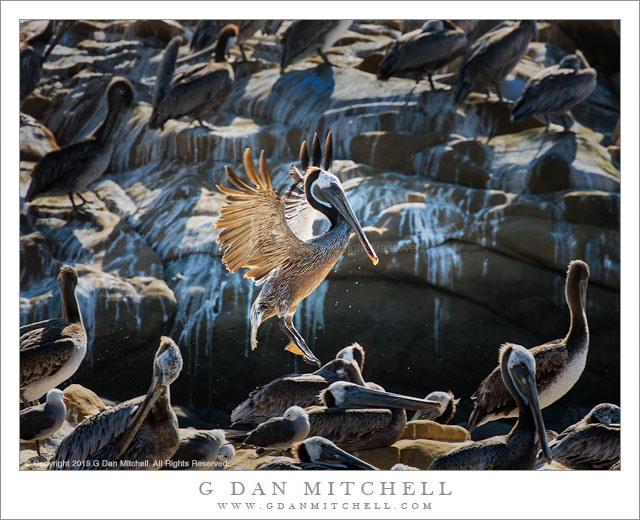Three manufacturers companies now produce widely available full-frame digital cameras with features that are attractive to folks who photograph landscape subjects, among other things. Two of them recently released new models that are getting a lot of attention, and plenty of photographers are interested in their relative merits and perhaps in choosing among them.
The three I’m thinking of are:
- Sony A7rII Mirrorless Digital Camera
- Canon EOS 5Ds and EOS 5Ds R DSLRs
- Nikon D810 DSLR

Here is a statement that a thoughtful, experienced, knowledgable photographer who has looked at the options carefully and selected one of them might make:
I chose this camera because it exemplifies the continuing evolution and improvement of digital cameras. It introduces useful and powerful improvements that offer the potential of a range of image quality improvements. The camera has the ability to produce photographs with outstanding image quality in a wide range of conditions and circumstances, and photographers who use it are going to be very pleased with what it can do. It has its pluses and minuses, and other cameras may be a bit stronger or weaker in various areas, but on balance it is a first-class and powerful tool that works extremely well for the most demanding photographers. I recommend that other photographers take a look at it!
The question: To which of the three (and a half?) above-listed cameras does this statement apply?
If you have paid a lot of attention to the passionate and hyperbole-filled discussions and “tests” that inevitably accompany the release of new cameras, you have read proclamations that any one of those is “the best” or even that it will transform your photography. And it is possible that “the answer” is already obvious to you, and you are certain that one surpasses the others in obvious ways. You might even have come to the conclusion that a photographer choosing one of the other options is making a mistake, is probably unaware of the significance of the error, and that his/her photographs are likely to suffer as a consequence of this flawed decision.
With all of that in mind, the answer is… Continue reading Photographic Myths and Platitudes: The Best Camera! (part 1)


